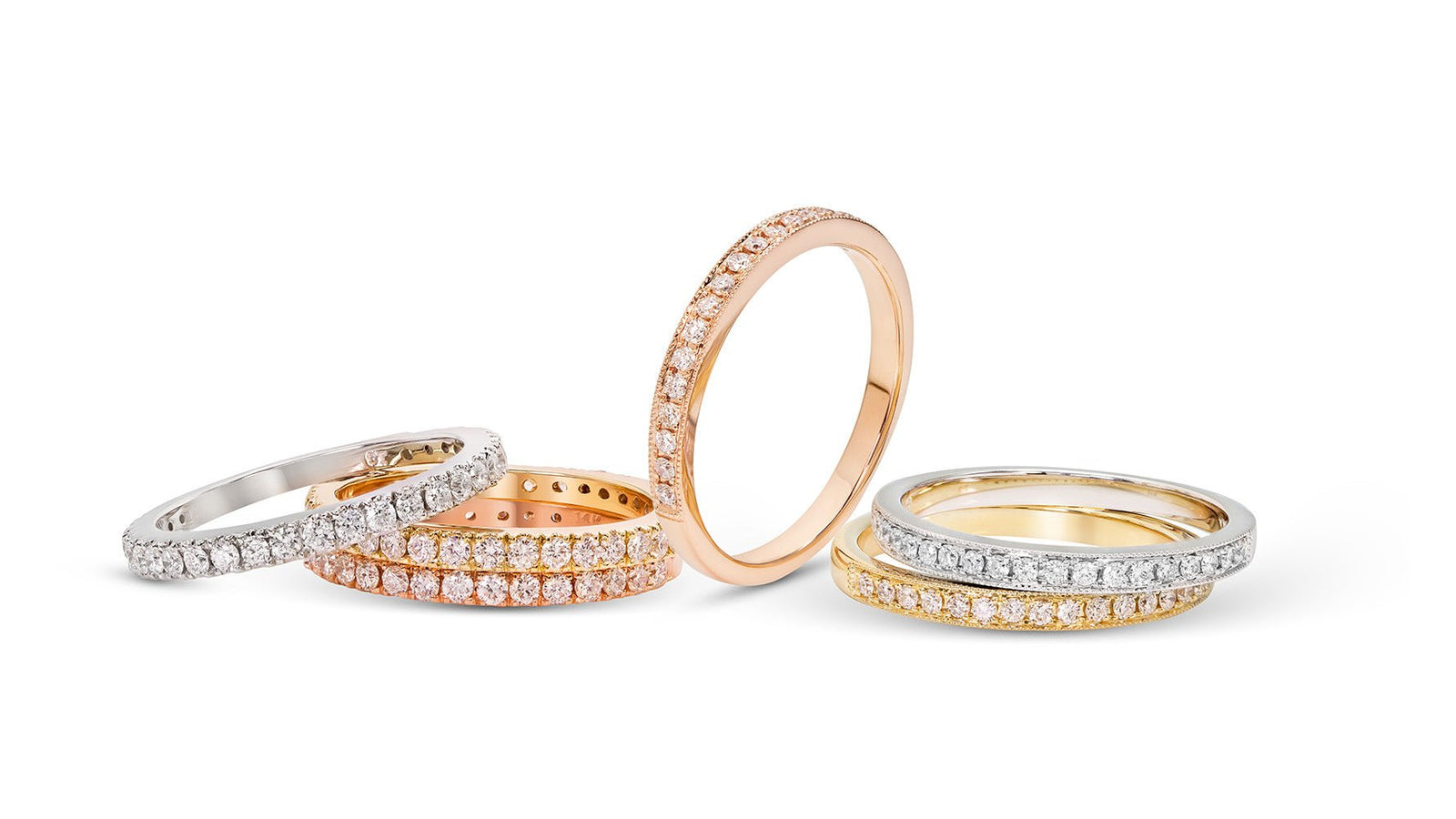The origins of the Marquise cut diamond are steeped in both romance and regal history, tracing back to 18th century France. The creation of this distinctive cut is commonly attributed to King Louis XV of France, who reigned from 1715 to 1774. It is believed that the king commissioned a diamond to be cut in a shape that resembled the lips of his mistress, Jean Antoinette Poisson, the Marchioness Madame de Pompadour.
The term "Marquise" itself indicates a rank in the noble hierarchy between a count and a duke; the word is a feminine form of "Marquis," which is a noble title. The cut was initially known as the "navette" cut, which means "little ship" in French, due to its boat-like shape. Over time, it became more widely known as the Marquise cut.
The Marquise cut gained popularity in the 20th century, particularly for engagement rings and other fine jewelry, due to its ability to maximise carat weight and give an illusion of greater size. It also has the effect of elongating and flattering the finger when worn in ring form.
Key features of a Marquise Cut Diamond include:
Elegant Shape: The Marquise cut is renowned for its elongated shape with pointed ends, resembling a boat. This unique form not only sets it apart from other diamond cuts but also gives the illusion of greater size compared to other diamond shapes of similar carat weight.
The Bow-Tie Effect: One of the unique characteristics of the Marquise cut is the potential for a bow-tie effect. This is a dark area in the shape of a bow-tie that can appear across the center width of the diamond when viewed from above. The visibility of this effect depends on the quality of the cut and the alignment of the facets.
Brilliant Faceting: A typical Marquise cut diamond boasts 58 facets, designed to maximise brilliance and fire. The way these facets are arranged is crucial to the stone's sparkle and overall appearance.
Flattering Illusion: The Marquise cut's elongated shape tends to make the wearer’s finger appear longer and more slender, a desirable effect for many, especially in engagement rings.
Adaptable and Versatile: The cut's versatility allows it to be set in various styles, from vintage-inspired designs to sleek, contemporary looks. It's also equally stunning as a solitary stone or accompanied by accent diamonds.

Choosing the Right Pear Cut Diamond
When selecting a marquise cut diamond, consider the following factors:
-
Symmetry: Ensure that the points at each end of the Marquise align perfectly with one another. Asymmetry in this cut can significantly affect the diamond's balance and overall beauty.
-
Length to Width Ratio: The classic Marquise cut typically has a length-to-width ratio of about 2:1. However, personal preference should guide your choice between a more elongated or wider shape.
-
Bow-Tie: While it's virtually impossible to find a Marquise diamond without any bow-tie, the key is to select one where this feature is less pronounced and complements the stone's appearance. A well-proportioned Marquise cut (typically a length-to-width ratio of around 2:1) can help minimize the prominence of the bow-tie.
- Consider Colour and Clarity: Like all diamonds, the colour and clarity of a Marquise cut diamond affect its appearance and value. Choose a grade that aligns with your preferences and budget.
Marquise Cut Guide

Marquise Cut Ratio

*This image is indicative and for illustrative purposes.
If you would like any advice or guidance, contact us and we can guide you through the selection process and help you find the perfect marquise cut diamond.




